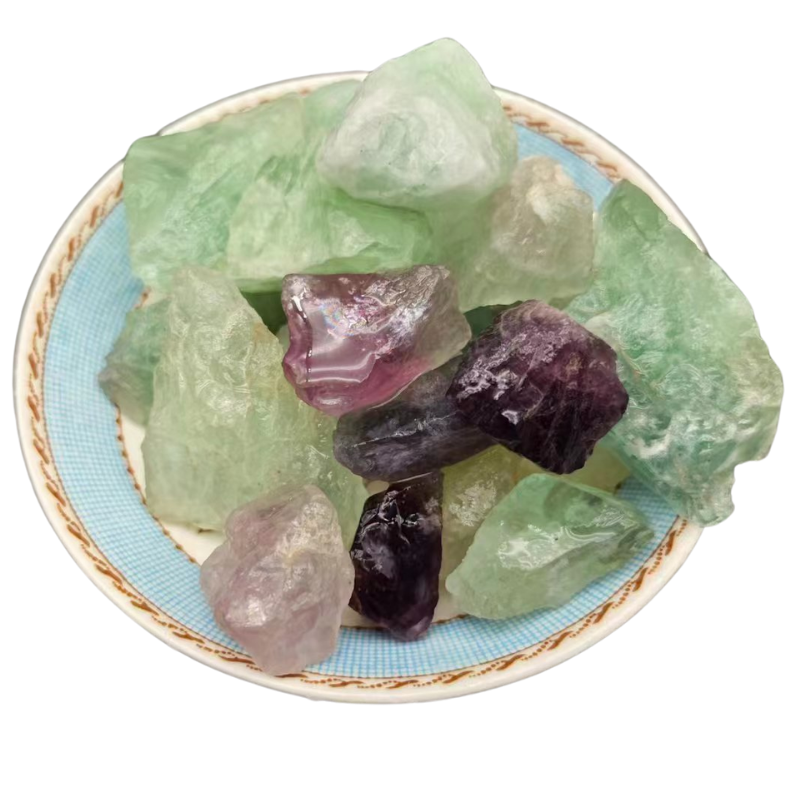
Exploring the Production Processes and Environmental Impact of Titanium Dioxide Manufacturing Facilities Globally
The Role of Titanium Dioxide Factories in Modern Industry
Titanium dioxide (TiO2) is a widely used compound known for its brightness, high refractive index, and excellent durability. It serves as a critical ingredient in various applications, ranging from paints and coatings to plastics and food products. As industries continue to expand, titanium dioxide factories play an essential role in meeting the growing demand for this versatile material.
Production Process
The manufacturing of titanium dioxide primarily involves two processes the sulfate process and the chloride process. The sulfate process begins with the digestion of titanium ore (usually ilmenite) in sulfuric acid, resulting in the formation of titanium sulfate. This intermediate is then hydrolyzed to produce precipitated TiO2, which is subsequently calcined to obtain the desired form of titanium dioxide. This method is known for its cost-effectiveness but generates more waste and requires careful management of byproducts.
On the other hand, the chloride process utilizes titanium tetrachloride, which is derived from the direct chlorination of titanium ore. This method is more efficient and environmentally friendly, resulting in lower emissions and a purer end product. The titanium tetrachloride is oxidized to produce TiO2, often leading to the creation of rutile, the more stable and favored crystal structure of titanium dioxide. While this method requires a higher initial investment, it has gained popularity in the industry due to its sustainability and improved quality of the final product.
Applications and Demand
Titanium dioxide is renowned for its exceptional opacity and brightness, making it a crucial ingredient in the paint and coatings industry. It enhances the aesthetic appeal of products while providing excellent UV resistance. Moreover, TiO2 is integral to the production of plastics, where it acts as a white pigment, offering durability and stability under various environmental conditions.
titanium dioxide factories

In the food industry, titanium dioxide is sometimes used as a food additive to impart whiteness and brightness to products such as confectionery and dairy items. However, its use in food products has raised health concerns, leading to regulatory scrutiny in various regions. As consumer awareness grows, manufacturers are increasingly focusing on sustainable and safe production practices, ensuring that titanium dioxide's applications remain in line with public health considerations.
The demand for titanium dioxide is also fueled by advancements in technology and the growth of new sectors, such as renewable energy and electronics, where TiO2 is utilized in applications like photovoltaics and photocatalysis. As the world shifts towards greener technologies, the need for titanium dioxide is expected to rise, prompting factories to innovate and adapt to new market trends.
Environmental and Economic Considerations
While titanium dioxide factories contribute significantly to the economy by providing jobs and supporting various industries, they face increasing pressure to minimize their environmental impact. The production processes can be energy-intensive and generate waste, leading to concerns over air and water emissions. As a response, many manufacturers are investing in cleaner technologies and adopting circular economy principles to reduce their footprint, enhance resource efficiency, and generate less waste.
Governments and regulatory bodies worldwide are implementing stricter regulations to address these environmental challenges, encouraging factories to adopt sustainable practices. The ongoing research into alternative materials and processes also highlights the industry's commitment to innovation and environmental stewardship.
Conclusion
In conclusion, titanium dioxide factories are pivotal in supplying this essential compound that underpins numerous industries and applications. As demand continues to grow, the challenge for these factories lies in balancing production efficiency with environmental responsibility. By embracing sustainable practices and technological advancements, titanium dioxide manufacturers can play a crucial role in supporting a more sustainable future while continuing to meet the diverse needs of various sectors.
Share
-
Premium Pigment Supplier Custom Solutions & Bulk OrdersNewsMay.30,2025
-
Top China Slag Fly Ash Manufacturer OEM Factory SolutionsNewsMay.30,2025
-
Natural Lava Rock & Pumice for Landscaping Durable Volcanic SolutionsNewsMay.30,2025
-
Custom Micro Silica Fume Powder Manufacturers High-Purity SolutionsNewsMay.29,2025
-
Custom Mica Powder Pigment Manufacturers Vibrant Colors & Bulk OrdersNewsMay.29,2025
-
Custom Micro Silica Fume Powder Manufacturers Premium QualityNewsMay.29,2025






